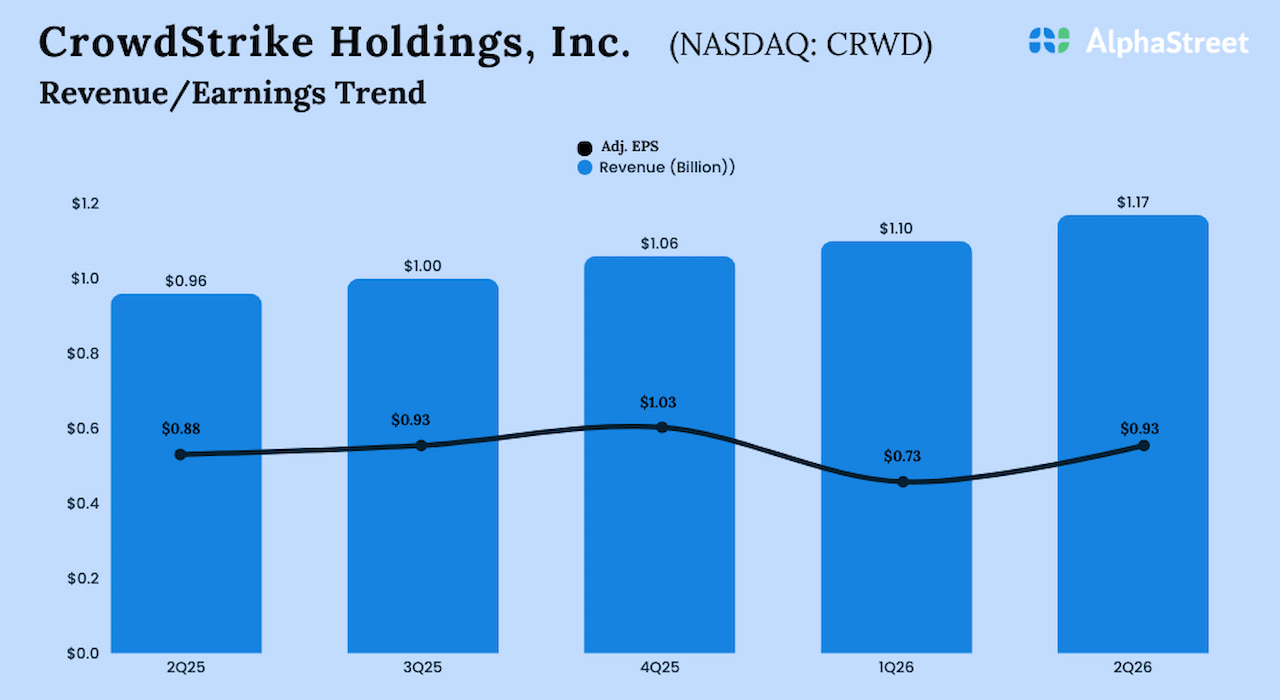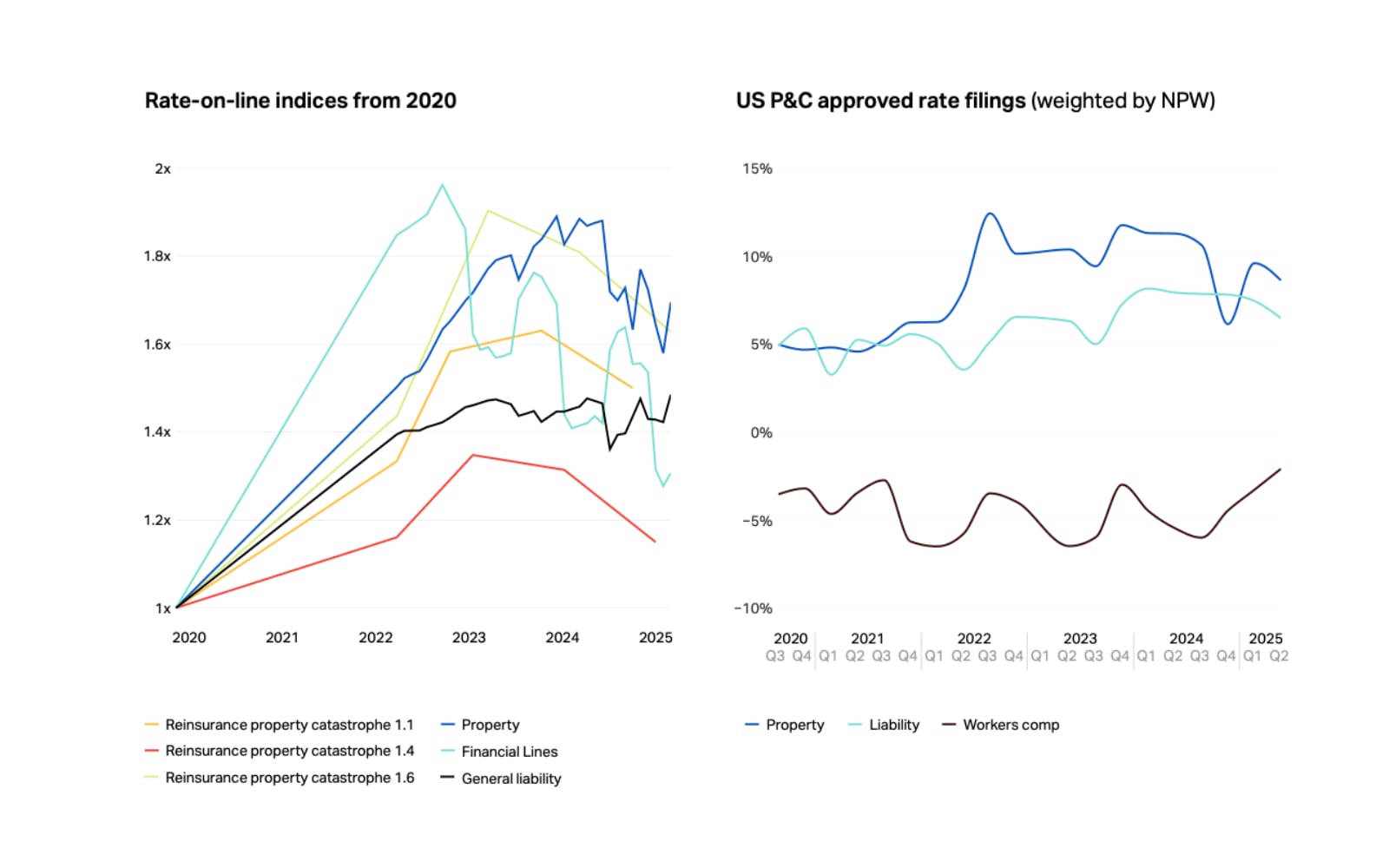In the realm of equity compensation, Incentive Stock Options (ISOs) stand out as a compelling tool for employers to attract and retain talent while offering employees the opportunity to share in the growth of the company. ISOs can provide a unique blend of potential tax advantages and financial rewards, setting them apart from other types of stock options and making them appealing for both companies and their employees.
Incentive Stock Options are a type of stock option that grant employees the right to purchase a predetermined number of company shares at a fixed price, known as the exercise or strike price. The allure of ISOs lies in the potential to profit from the difference between the exercise price and the market value of the shares when exercised, also known as the “bargain element”, at a favorable tax rate when certain requirements are met. For ISOs, the right to exercise the option expires after ten years. ISOs can be part of a compensation package for publicly traded or privately held companies and are typically offered to key employees or top management. ISOs are designed to incentivize long-term commitment, and this principle is reflected in the requirement for vesting and holding periods. To realize the favorable tax treatment associated with ISOs, employees must adhere to specific timelines:
Vesting Period: The vesting period is the duration an employee must wait before they can exercise their ISOs. The terms of each company’s vesting schedule may vary.
Holding Periods: The IRS mandates that employees hold the acquired ISO shares for a certain duration to qualify for preferential capital gains tax treatment upon eventual sale. Meeting this holding period before selling any ISOs makes the sale a “qualifying disposition.” The holding period requirement is a minimum of two years from the grant date and one year from the exercise date.
Tax Benefits and Implications: Unlocking the Potential of ISOs
Incentive Stock Options are also known as qualified stock options, meaning they qualify for preferential tax treatment compared to other types of stock options, like nonqualified stock options (NQSOs).
Capital Gains Tax Treatment: When exercising ISOs, no taxes are due until the eventual sale of the shares, which differs greatly from NQSOs. With exercising an ISO and subsequently holding the acquired shares for the required holding periods (two years from the grant date and one year from exercising the option), any gains realized upon the sale of the shares are treated as long-term capital gains. This distinction is crucial because long-term capital gains are generally subject to lower tax rates (either 0%, 15%, or 20%) as compared to ordinary income tax rates (between 10% and 37% in 2023). The ability to potentially reduce your tax burden while reaping the benefits of stock price appreciation makes ISOs an appealing option.
Example: Let’s assume an employee is in the 35% tax bracket. They were granted ISOs with an exercise price of $20 per share, and the market value at the time of exercise is $40 per share. They exercise 1,000 shares and because these are ISOs, there is no tax due on the bargain element at exercise. If the employee holds these shares for at least two years from the grant date and at least one year from the exercise date, then sells the shares for $50 per share, the gain per share would be $30 ($50 – $20). This gain is treated as a long-term capital gain and taxed at 20% for this individual, so the employee pays $6,000 in taxes ([$30 x 1,000 shares] x 20%).
Let’s compare this example to if it were an NQSO grant. At the time of exercising 1,000 shares, the bargain element of $20 per share ($40 market value – $20 exercise price) would be taxed at the employee’s ordinary income tax rate of 35% in that year ([$20 x 1,000 shares] x 35% = $7,000 in taxes). Typically shares are withheld for taxes for NQSO exercises, but let’s assume the employee pays taxes from funds outside of these shares for the sake of this comparison. If the employee holds these shares for more than one year and sells the stock at $50 per share, they would pay long-term capital gains of 20% on the $10 ($50 – $40) per share profit ([$10 x 1,000 shares] x 20% = $2,000 in taxes). The employee pays a total of $9,000 in taxes ($7,000 ordinary income taxes at exercise + $2,000 long-term capital gains taxes at sale of shares), compared to $6,000 in taxes if the shares were ISOs.
If the holding requirements are not met for ISO shares, the sale of the stock is a “disqualifying disposition” and is treated as NQSO shares for income tax purposes.
Alternative Minimum Tax Consideration: Exercising ISOs can trigger the Alternative Minimum Tax (AMT), a parallel tax system designed to ensure individuals with certain tax advantages pay a minimum amount of tax. When exercising ISOs, the bargain element is added to your taxable income for AMT calculation purposes. The maximum AMT marginal rate is 28%, and the interplay between AMT and the potential capital gains benefits requires meticulous planning to minimize its impact. When exercising ISOs triggers AMT, individuals may accumulate an AMT credit that represents the difference between the higher AMT tax paid and the regular tax that would have been owed. This AMT credit can be carried forward and used in future years to offset regular tax liabilities. The AMT credit acknowledges the temporary nature of AMT liabilities and aims to provide relief by allowing individuals to recoup some of the additional taxes paid due to the AMT calculation.
Continuing with the previous ISO scenario, if the bargain element of the ISO exercise is $20,000 ([$40 – $20] * 1,000 shares), this amount is added to their taxable income for AMT calculations. If an individual’s calculated AMT liability exceeds their regular tax liability, they will be required to pay the higher AMT amount but will be granted the AMT credit to use in future years.
ISO Limit: ISOs grants cannot exceed a total aggregate fair market value of $100,000 in a calendar year for an individual. If an employee is granted ISOs that surpass this limit, any excess value above $100,000 is treated as NQSOs, subject to different tax rules.
Other Considerations
Liquidity Needs: Most ISO plans offer a “cash for stock: exercise-and-hold” method, meaning the employee must pay the exercise price in cash to the company in exchange for the shares of stock. Also, the employer does not withhold income taxes on your behalf, so sufficient funds are needed for purchasing the shares at exercise as well as the eventual tax owed on the sale of the shares. Over time, this can result in an overconcentration in company stock with an overall lack of liquidity in the rest of the portfolio.
Risk and Reward: With any type of employee stock option, an employee could reap the benefits if the company stock price increases; however, the stock price could decline below the exercise price, and the option could expire with no value. Since ISOs require specific holding periods to qualify for favorable tax treatment, an employee may find themselves accumulating company stock over time to realize value from this piece of their compensation. If they are unable to sell the stock later due to trading restrictions or waiting to sell the shares at a particular price, they are subject to concentration risk. This is when one company stock is a significant portion of one’s investment portfolio. In this scenario, a small stock price fluctuation could dramatically impact an individual’s portfolio value and total net worth, highlighting the need for a diversification plan.
ISOs can offer a valuable opportunity for employees to share in their company’s growth while also providing potential tax advantages. Diligent planning, education, and a clear understanding of the tax implications are crucial for maximizing the benefits of ISOs. We recommend consulting with financial and tax professionals to develop an exercise strategy that is tailored to your unique situation.
Disclosure: Schultz Financial Group, Inc. (“SFG”) is a registered investment adviser with a primary business location in Reno, NV. Registration as an investment adviser is not an endorsement by securities regulators and does not imply that SFG has attained a certain level of skill, training, or ability. SFG does not guarantee the complete accuracy of all data in this article, and it should not be regarded as a complete analysis of the subjects discussed. All expressions of opinion reflect the judgment of SFG as of the date of publication and are subject to change. This article does not constitute personalized advice from SFG or its affiliated investment professionals, or a solicitation to execute specific securities transactions. Not all services will be appropriate or necessary for all clients, and the potential value and benefit of the SFG’s services will vary based upon the client’s individual investment, financial, and tax circumstances. The effectiveness and potential success of an estate plan, tax strategy, investment strategy, and financial plan depends on a variety of factors, including but not limited to the manner and timing of implementation, coordination with the client and the client’s other engaged professionals, and market conditions. SFG is not a law firm and does not intend for any content to be construed as legal advice. Readers should not use any of this content as the sole basis for any investment, financial planning, tax, legal or other decisions. Rather, SFG recommends that readers consult SFG and their other professional advisers (including their lawyers and accountants) and consider independent due diligence before implementing any of the options directly or indirectly referenced in this blog post. Past performance does not guarantee future results. All investment strategies have the potential for profit or loss, and different investments and types of investments involve varying degrees of risk. There can be no assurance that the future performance of any specific investment or investment strategy, including those undertaken or recommended by SFG, will be profitable or equal any historical performance level. Additional information about SFG, including its Form ADV Part 2A describing its services, fees, and applicable conflicts of interest and Form CRS is available upon request and at https://adviserinfo.sec.gov/firm/summary/108724.
The views and opinions expressed herein are the views and opinions of the author and do not necessarily reflect those of Nasdaq, Inc.








































